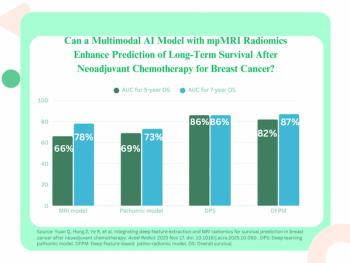
Simple solution could cut long MRI wait times in Canada
Referring physicians and MR imaging centers in Canada could substantially reduce wait times by sticking to standard rules dictating scanning priorities and appropriate clinical indications. Trouble is, according to a study from the University of Calgary, those guidelines already exist but few pay heed.
Referring physicians and MR imaging centers in Canada could substantially reduce wait times by sticking to standard rules dictating scanning priorities and appropriate clinical indications. Trouble is, according to a study from the University of Calgary, those guidelines already exist but few pay heed.
As the U.S. enters its first serious debate on healthcare reform in more than a decade, comparisons with other developed nations inevitably crop up. Though generally praised for its overall access, the healthcare system of our neighbor to the north is hardly flawless. Canada lags behind other countries in the number of diagnostic imaging devices, and its MR imaging facilities deal with long wait lists, said senior investigator Dr. Tom Feasby, dean of medicine at the University of Calgary.
Prioritizing MRI requests effectively rather than buying more machines could solve the problem, according to Feasby.
"This study shows there are important deficiencies in the current system. We hope this research will help health system decision makers and managers improve the provision of this important service," he said.
To find out how MRI requests are handled, Feasby and colleagues sent surveys to all 122 publicly funded MRI centers in Canada. Sixty-five percent of them replied.
The investigators found that even though most facilities had rules in place to decide who received priority for the exams, fewer than half documented what guidelines were followed. None used quality assurance methods to make sure they were followed or checked if ordered tests were actually necessary.
Researchers also noted that, despite wait times of up to several years in some facilities, the strategies to reduce wait times were diverse, uncoordinated, and largely ineffective. They published their findings in Healthcare Policy (Politiques de Santé 2009;4(3):76-86).
Procedures were so inconsistent across the board that patients who urgently need a scan might get the test done within 24 hours at one place and within a month at another, according to reports by the Canadian Press, a multimedia news service. For lower-priority scans, patients faced wait lists ranging from 28 days to three years.
Improvement in wait list management will be necessary for better access, fairness, and quality in the provision of MRI services in Canada, said principal investigator Dr. Derek Emery, an associate professor of radiology at the University of Alberta.
"We do not currently know the extent of inappropriate overuse of MRI, nor do we know the extent of inappropriate underuse," Emery said.
The Canadian Association of Radiologists provides appropriateness criteria guidelines for MRI and other diagnostic imaging tests. Whether these are enforced is a different matter, Feasby said.
For more information from the Diagnostic Imaging and SearchMedica archives:
Newsletter
Stay at the forefront of radiology with the Diagnostic Imaging newsletter, delivering the latest news, clinical insights, and imaging advancements for today’s radiologists.




























